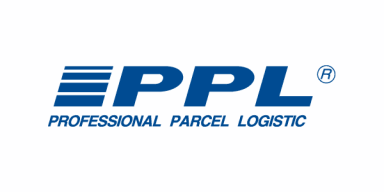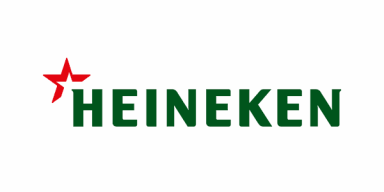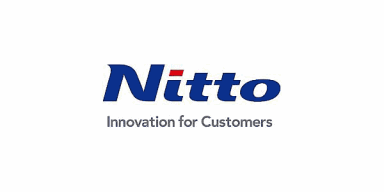Robotic Process Automation (RPA)
Software robots can handle repetitive tasks faster, more accurately, and without errors. RPA automates routine tasks and frees up teams to focus on more important tasks.

RPA is most commonly deployed in areas with a high volume of repetitive tasks, large amounts of data, or a strict need for rule compliance. However, its benefits go beyond saving time: robots reduce the risk of human errors, speed up request processing, and allow employees to focus on work with higher added value.
In combination with workflow and BPM, RPA forms an essential building block of the modern automation ecosystem. While BPM defines what should happen, and workflow describes how it should happen, RPA ensures that it actually happens — automatically, reliably, and at the required time.
Who can benefit from RPA and which scenarios it solves
Suitable environments for RPA include finance and accounting departments, customer service, HR, procurement, or back-office operations. Robots can handle tasks such as entering data into ERP systems, validating input data, comparing information between two systems, sending notifications, matching documents, downloading attachments from emails, or launching batch jobs.
RPA is also ideal for companies that want to implement digitalization gradually, without the need for infrastructure changes or complex integrations. Robots can work on top of existing applications, just like humans do, which enables automation even in cases where APIs are not available or systems are closed.
Thanks to its versatility, RPA is suitable for businesses of all sizes — from agile teams looking to speed up internal processes to large organizations processing thousands of transactions daily. When properly implemented, a robot does more than just repeat tasks — it becomes an integral part of operations.
Do you want to find out where a robot could save hundreds of hour
DO NOT HESITATE TO
CONTACT US
Are you interested in more information or an offer for your specific situation?




















